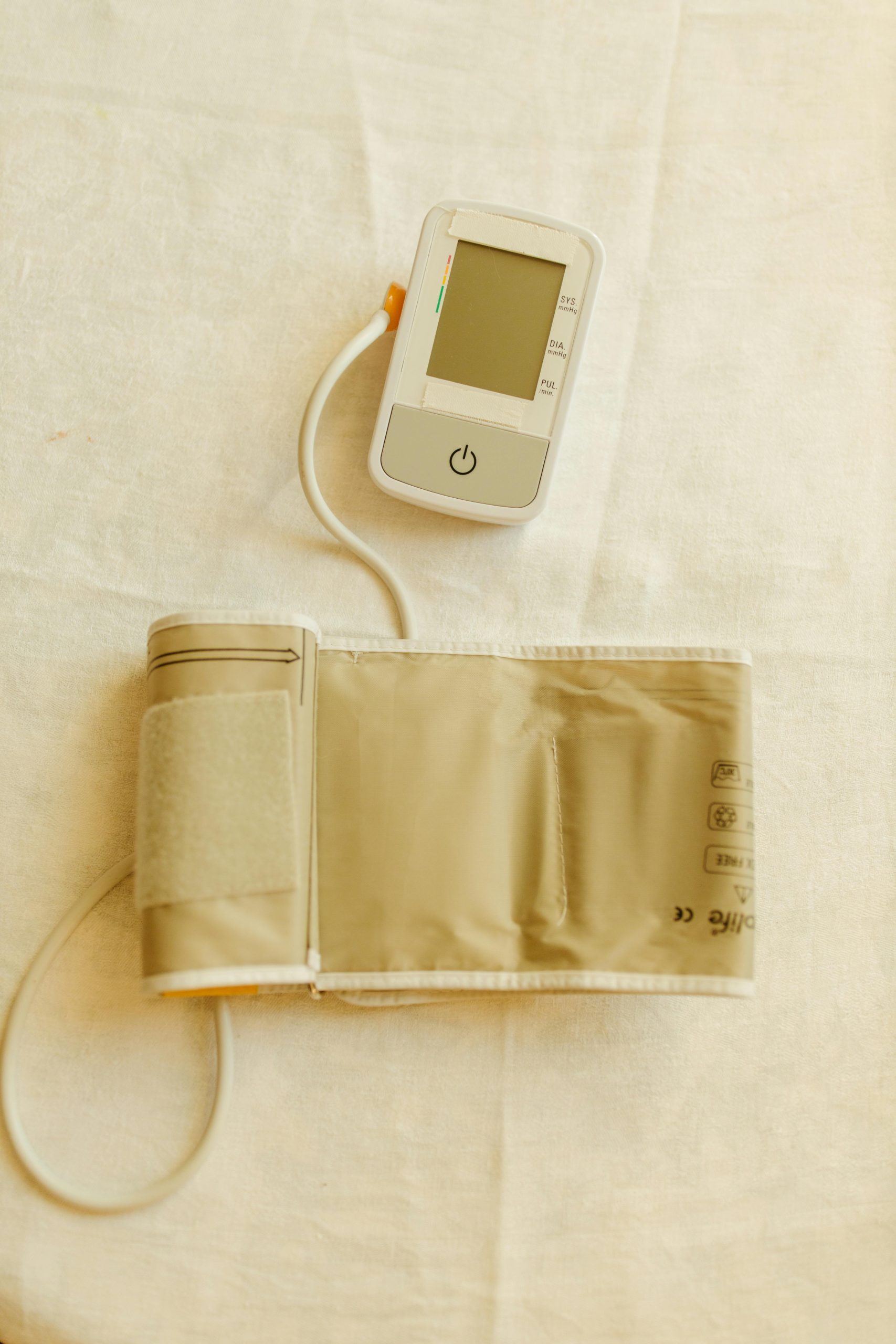Remote patient monitoring (RPM) has revolutionized healthcare, allowing providers to track patients’ health data in real time without requiring in-person visits. With the rise of wearable medical devices, patients can now manage chronic conditions, monitor vital signs, and receive timely interventions from the comfort of their homes. In 2024, the FDA has approved several cutting-edge wearables designed to enhance remote care. This article explores the top FDA-approved wearable medical devices for remote patient monitoring this year, their benefits, and how they are transforming healthcare.
1. Continuous Glucose Monitors (CGMs) for Diabetes Management
Diabetes management has seen significant advancements with FDA-approved CGMs, which provide real-time glucose monitoring without frequent finger pricks. These devices are essential for patients with Type 1 and Type 2 diabetes, offering continuous data to optimize insulin therapy.
Top FDA-Approved CGMs in 2024
- Dexcom G7: The latest iteration offers improved accuracy, a smaller design, and seamless integration with insulin pumps and smartphones.
- Freestyle Libre 3: Known for its affordability and long wear time (up to 14 days), this CGM provides automatic glucose readings every minute.
- Medtronic Guardian 4: Ideal for pediatric and adult users, this device pairs with smart algorithms to predict glucose trends.
These CGMs empower patients and doctors to make data-driven decisions, reducing the risk of hypoglycemia and hyperglycemia.
2. Cardiac Monitoring Wearables for Heart Health
Heart disease remains a leading cause of death worldwide, making cardiac monitoring wearables crucial for early detection and management. The FDA has approved several devices that track heart rate, rhythm, and other cardiovascular metrics.
Leading Cardiac Wearables
- Apple Watch Series 9 (with ECG): This popular smartwatch now includes FDA-cleared ECG and irregular rhythm notifications, helping detect atrial fibrillation (AFib).
- AliveCor KardiaMobile 6L: A portable EKG device that records six-lead EKGs, providing detailed insights for patients with arrhythmias.
- BioTelemetry’s wearable patch monitors: Used for long-term cardiac monitoring, these patches detect rare but critical heart events.
These devices enable proactive heart care, allowing doctors to intervene before complications arise.
3. Wearable Blood Pressure Monitors
Hypertension affects millions, and uncontrolled high blood pressure can lead to severe complications. FDA-approved wearable blood pressure monitors provide continuous readings, helping patients and physicians manage this silent killer.
Best Wearable BP Monitors
- Omron HeartGuide: The first FDA-approved wearable blood pressure monitor in a smartwatch form, offering on-demand readings.
- Biobeat’s wrist monitor: Uses PPG technology to measure blood pressure, heart rate, and oxygen saturation continuously.
- Withings BPM Connect: A sleek, user-friendly device that syncs with apps for trend analysis.
These wearables eliminate the “white coat syndrome” effect, providing more accurate at-home readings.
4. Wearables for Neurological and Sleep Disorders
Neurological conditions like epilepsy and sleep disorders such as sleep apnea require constant monitoring. FDA-approved wearables now offer non-invasive solutions for tracking brain activity and sleep patterns.
Key Devices for Neurological & Sleep Monitoring
- Embrace2 by Empatica: An epilepsy monitoring wristband that detects seizures and alerts caregivers.
- ResMed’s Sleep Tracking Wearables: Designed for sleep apnea patients, these devices monitor breathing patterns and oxygen levels.
- Dreem 3 Headband: Uses EEG technology to analyze sleep stages and provide personalized recommendations.
These innovations improve quality of life for patients with neurological and sleep-related conditions.
5. Wearable Pulse Oximeters for Respiratory Health
Since the COVID-19 pandemic, pulse oximeters have become essential for monitoring respiratory health. Wearable versions now offer continuous oxygen saturation (SpO2) tracking, especially for patients with COPD or asthma.
Top Wearable Pulse Oximeters
- Masimo MightySat Rx: An FDA-approved fingertip wearable that measures SpO2, perfusion index, and pulse rate.
- Wellue O2Ring: A ring-shaped oximeter that tracks SpO2 and heart rate overnight, ideal for sleep apnea patients.
- Garmin Venu 3: While primarily a fitness tracker, its FDA-cleared SpO2 monitoring provides valuable respiratory insights.
These devices help prevent hypoxia and ensure timely medical intervention.
Conclusion
FDA-approved wearable medical devices are transforming remote patient monitoring in 2024, offering unprecedented convenience and accuracy. From diabetes management to cardiac care, blood pressure tracking, neurological monitoring, and respiratory health, these wearables empower patients and healthcare providers with real-time data. As technology advances, we can expect even more innovative solutions to enhance remote care, improving outcomes and reducing hospitalizations. Investing in these devices is a step toward a healthier, more connected future in healthcare.
